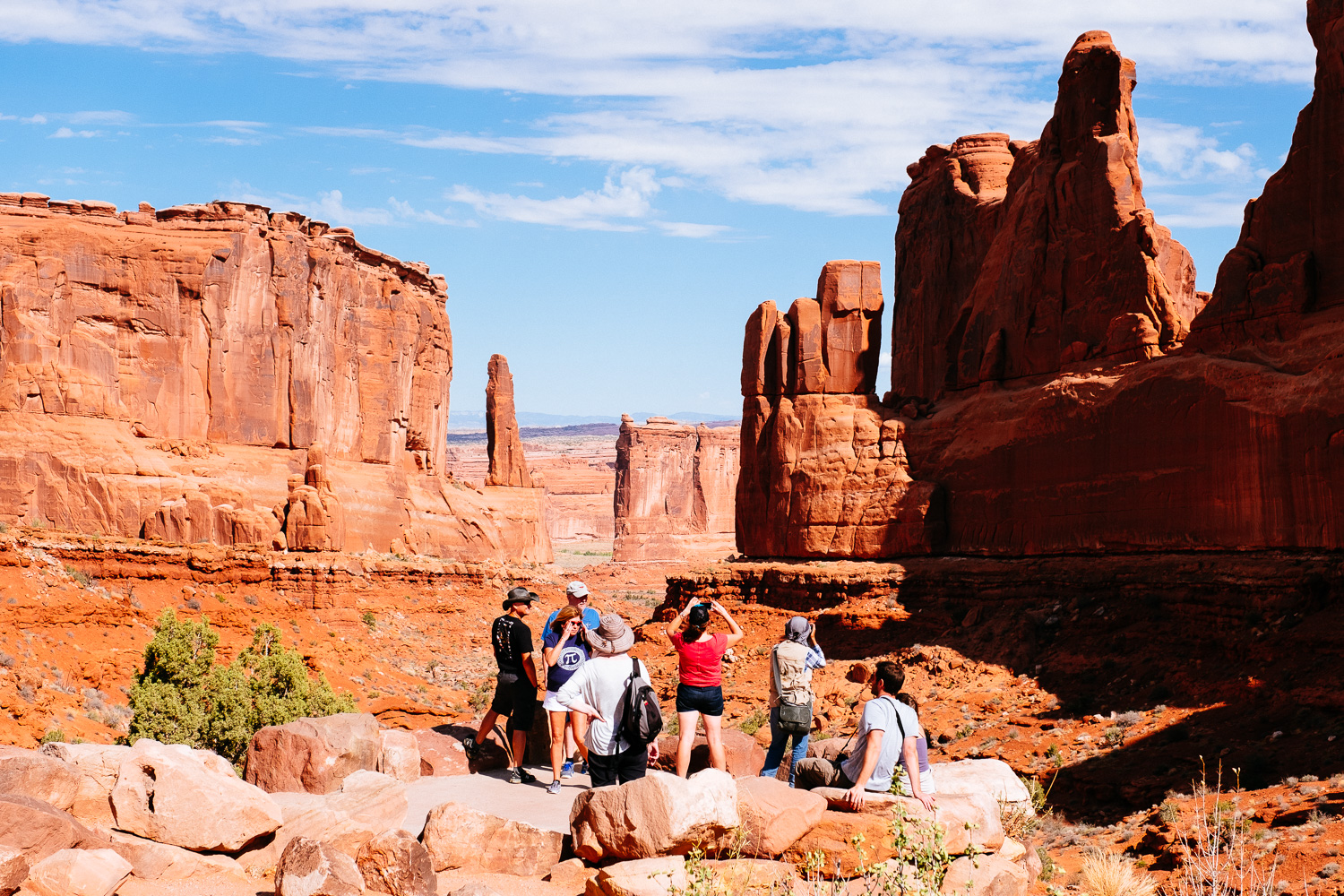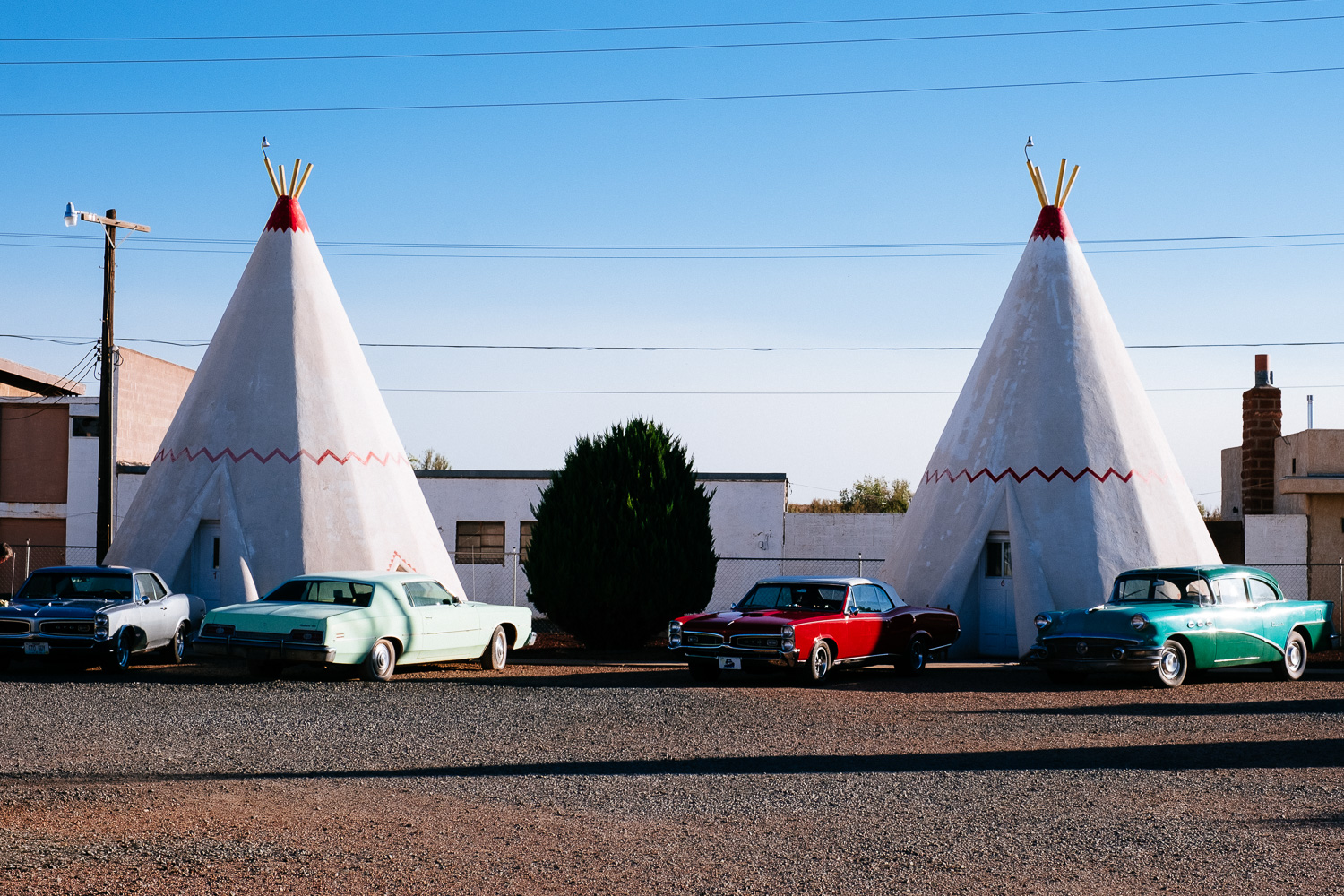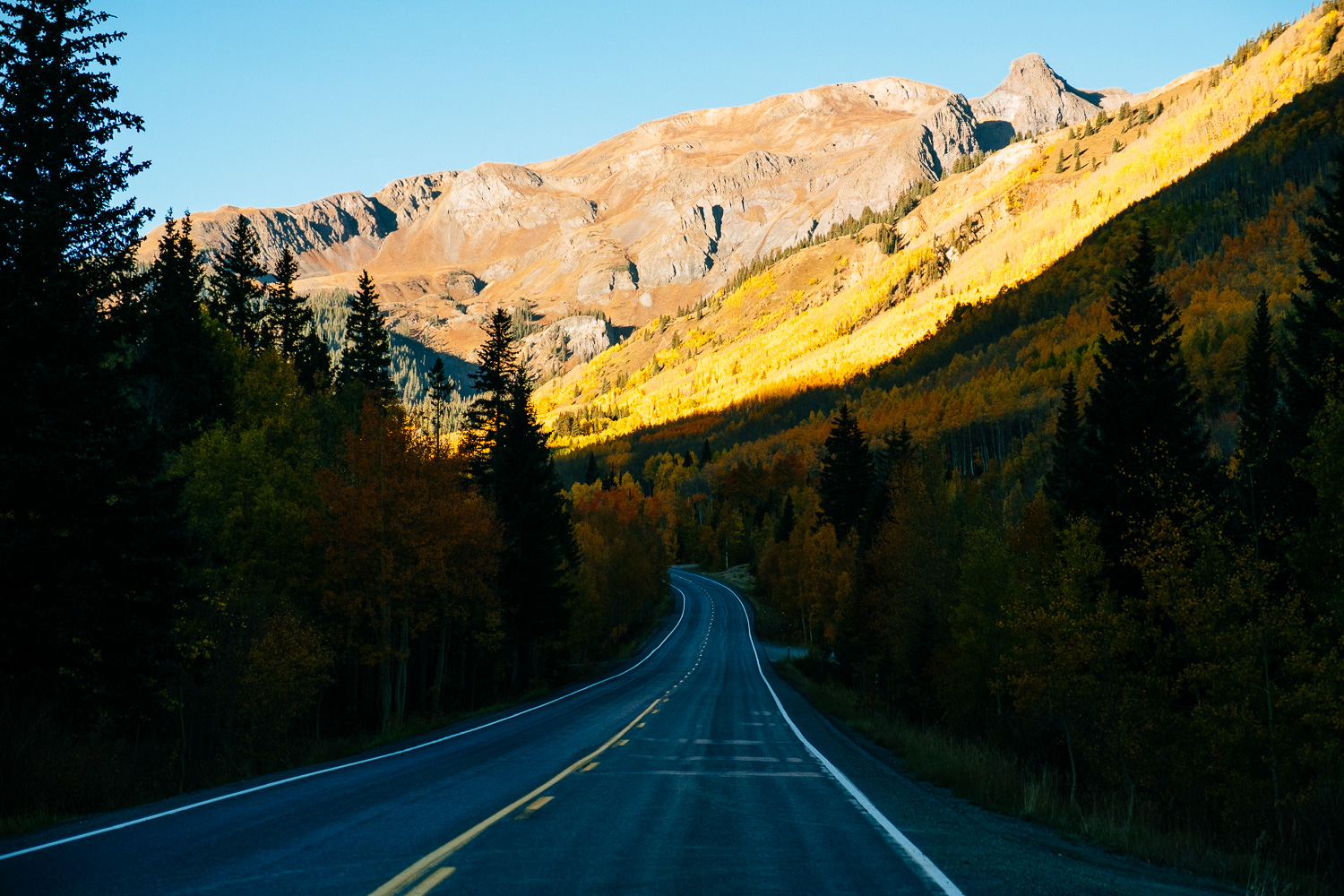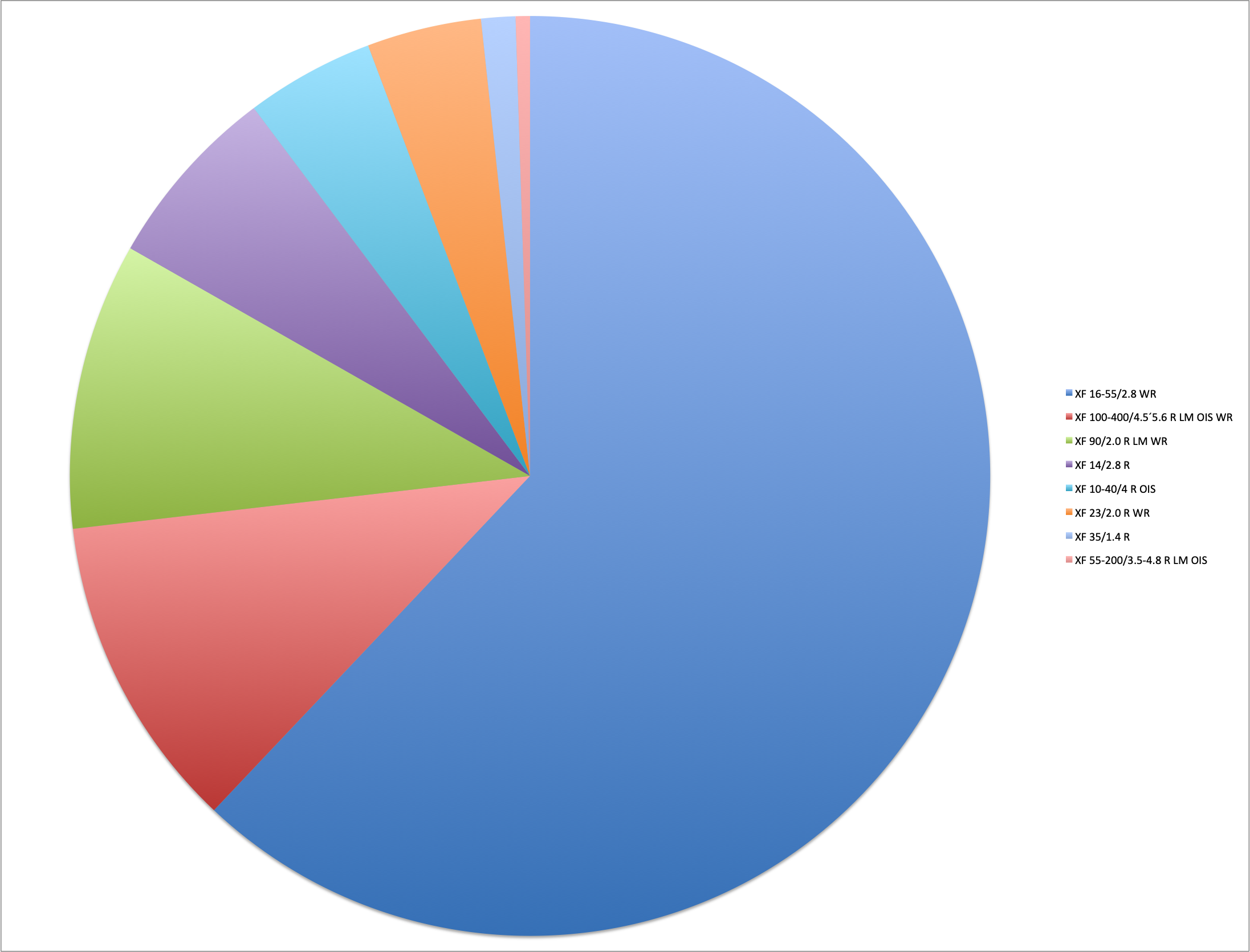 FUJIFILM X-Pro2 (37.6mm, f/9, 1/450 sec, ISO200)
FUJIFILM X-Pro2 (37.6mm, f/9, 1/450 sec, ISO200)
Maybe with some gear talk and some statistics. Here are the lenses that I took with me this time:
- XF 10-24/4 R OIS
- XF 16-55/2.8 R LM WR
- XF 55-200/3.5-4.8 R LM OIS
- XF 100-400/4.5-5.6 R LM WR OIS
- XF 14/2.8 R
- XF 23/2.0 R WR
- XF 35/1.4 R
- XF 90/2.0 R LM WR
That’s a lot of gear, I admit that. But the South West of the USA is not a normal vacation even though it was the sixth time for us. There is amazing landscape and there is wildlife so I took everything from 10 to 560mm with me to be prepared and left only the XF 16/1.4 R WR and the XF 23/1,4 R at home.
And here is how much I used each lens:
As you can see the XF 16-55/2.8 WR was the lens I used most of the time. That should be no surprise because its range makes it extremely versatile. What surprised me though was to which extend I shot with the 15-55. I took over 60% of all images with it. And it gave me great results on every single shot.
Second was the XF 100-400 OIS which was a surprise but as mentioned there is wildlife and I also used the 100-400 for my landscape tele shots instead of my 55-200 because the 100-400 is the much better lens. If I didn’t want to bring the 100-400 (beach walks, hikes) I took the XF 90/2 WR instead of the 55-200. Which explains why it was lens number three.
My all time favorite, the XF 14/2.8 R was lens number four because I always use my three prime set in cities (San Francisco, Los Angeles) and because I didn’t shoot the XF 10-24 OIS as often as I should because I tried to get away with the 16mm setting of the XF 16-55/2.8 WR. Which is not a good idea of course. There is a huge difference in between 16mm and truly wide.
Lens 6, 7 and 8: XF 23/2 WR, XF 35/1.4 R and the XF 55-200 OIS in that order. That the 55-200 came out last has definitely to do with the fact that I had two better options with me. Usually I take a lot of landscape photos with a tele zoom. I just love how such a lens compresses the scene.
Why zooms and primes at the same time?
Not at the same time. Zooms in the photo backpack for traveling around and on the hikes. The primes in my small shoulder bag in the cities. A system that just works for me for many years.
 FUJIFILM X-Pro2 (33.2mm, f/8, 1/640 sec, ISO250)
FUJIFILM X-Pro2 (33.2mm, f/8, 1/640 sec, ISO250) FUJIFILM X-Pro2 (34.2mm, f/5.6, 1/1250 sec, ISO200)
FUJIFILM X-Pro2 (34.2mm, f/5.6, 1/1250 sec, ISO200) FUJIFILM X-Pro2 (40.1mm, f/8, 1/480 sec, ISO200)
FUJIFILM X-Pro2 (40.1mm, f/8, 1/480 sec, ISO200)
What will be different for the next vacation?
The XF 55-200 OIS has to go. It has now become my weakest lens and it will be replaced with the XF 50-140/2.8 OIS. A lens that I originally disliked because of reach but mainly because of size and weight. Well, the same was true for the XF 16-55/2.8 WR. Almost the same: weight and the lack of OIS. Now it’s my favourite zoom.
With the XF 50-140/2.8 OIS replacing the XF 55-200 OIS I will take the XF 100-400 OIS with me only for trips where wildlife plays a role. On all other trips I will only take the XF 50-140/2.8 OIS plus the 1.4x converter. The faster zoom lens also means that I will most likely leave the XF 90/2.0 WR at home and rely on the subject isolation of the XF 50-140/2.8 OIS. At the end the XF 50-140/2.8 OIS will replace three lenses which means that I will safe a lot of weight compared to this trip.
I will definitely add a second camera body. I always traveled with two cameras but the X-T3 simply came out too late for this trip and I already sold the X-T1 some time ago. A second body would have helped with the landscape shots: one camera with the 16-55 and the other one either with the 10-24 or a tele lens. I don’t like to swap lenses.
 FUJIFILM X-Pro2 (55mm, f/4, 1/480 sec, ISO200)
FUJIFILM X-Pro2 (55mm, f/4, 1/480 sec, ISO200)
Why no full frame camera?
With all the heavy lenses is there any size and weight advantage compared to full frame? It’s true that the difference is small especially if you compare the 16-55/2.8 and 50-140/2.8 with the 24-70/4 and 70-200/4 for full frame cameras.
But normally the f4 lenses are not the very best lenses. I know that from personal experience. I had the 24-70/4 IS and the 70-200/4 IS from Canon. When I switched to the f2.8 versions of those lenses it was a significant jump in image quality. They are in a different class. But of course it was also a significant jump in size and weight. I can’t say anything about the 50-140 yet but the XF 16-55/2.8 WR is an excellent lens and it is far superior to the 24-70/4 IS from Canon and as close as it gets to the outstanding Canon 24-70/2.8 II.
Why I don’t plan to go back to full frame:
In the past I had a DSLR or two and a compact camera with me on big vacations. I shot the small camera at the times when I didn’t want to bring the big gear. But of course the files and the handling of a compact camera is completely different. Now I just swap the lenses and transfer my Fuji X Pro-2 into a compact camera (well, kind of). The files and the handling stays exactly the same and that makes a lot of sense.
And that’s the main reason why I don’t consider to go back to full frame.

